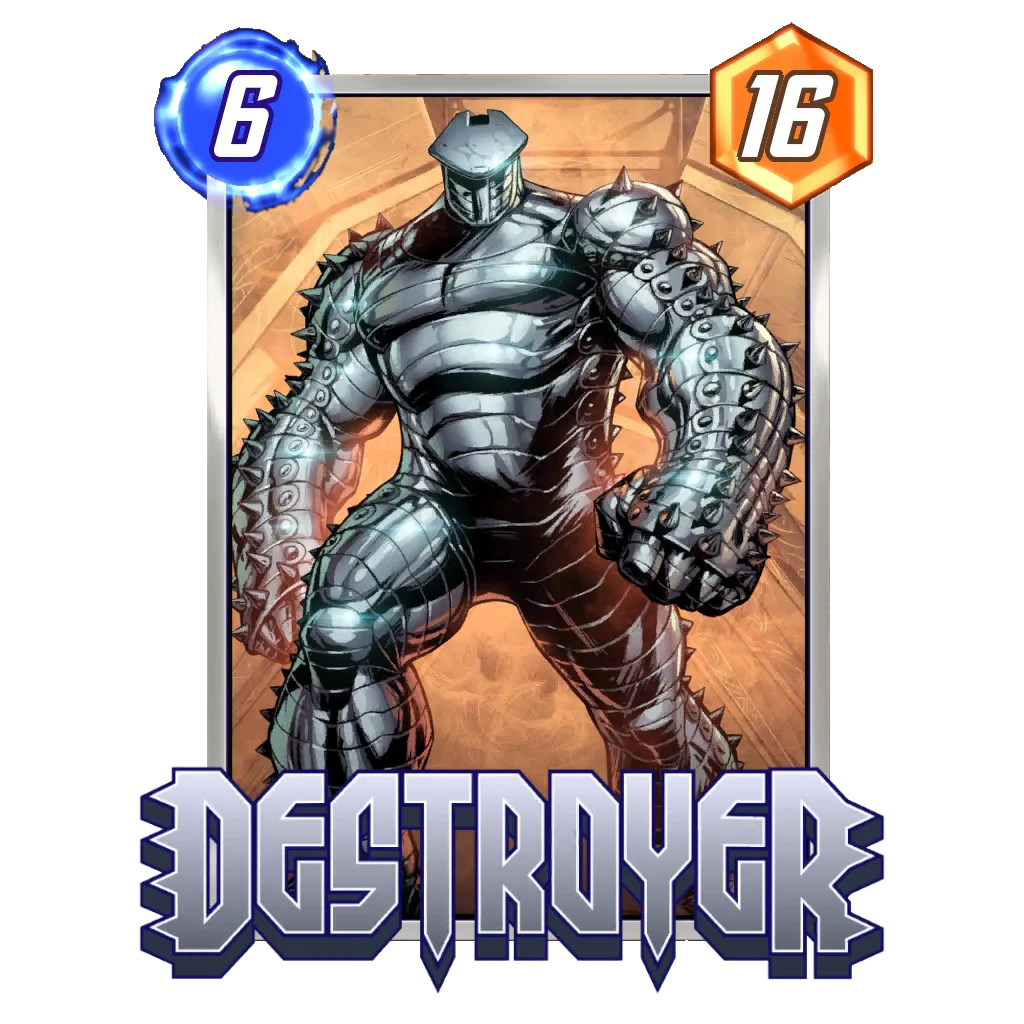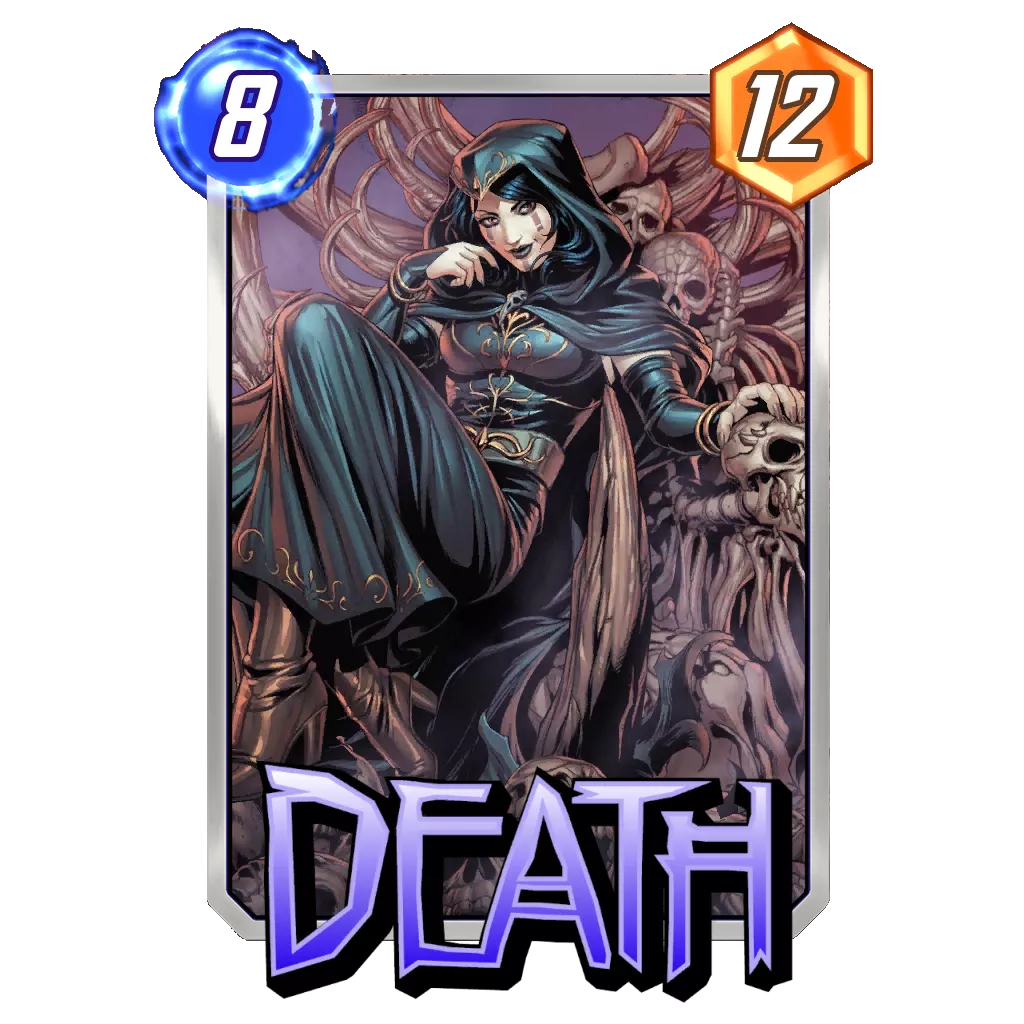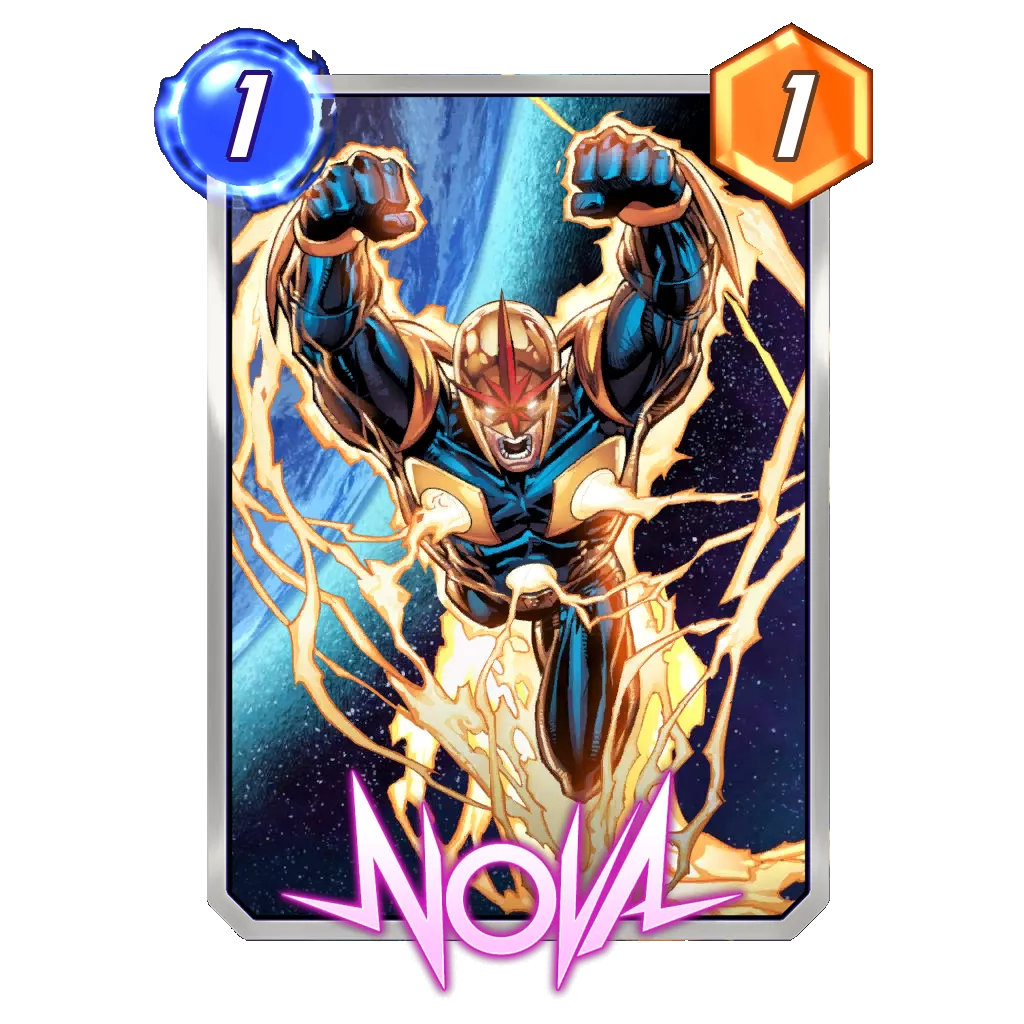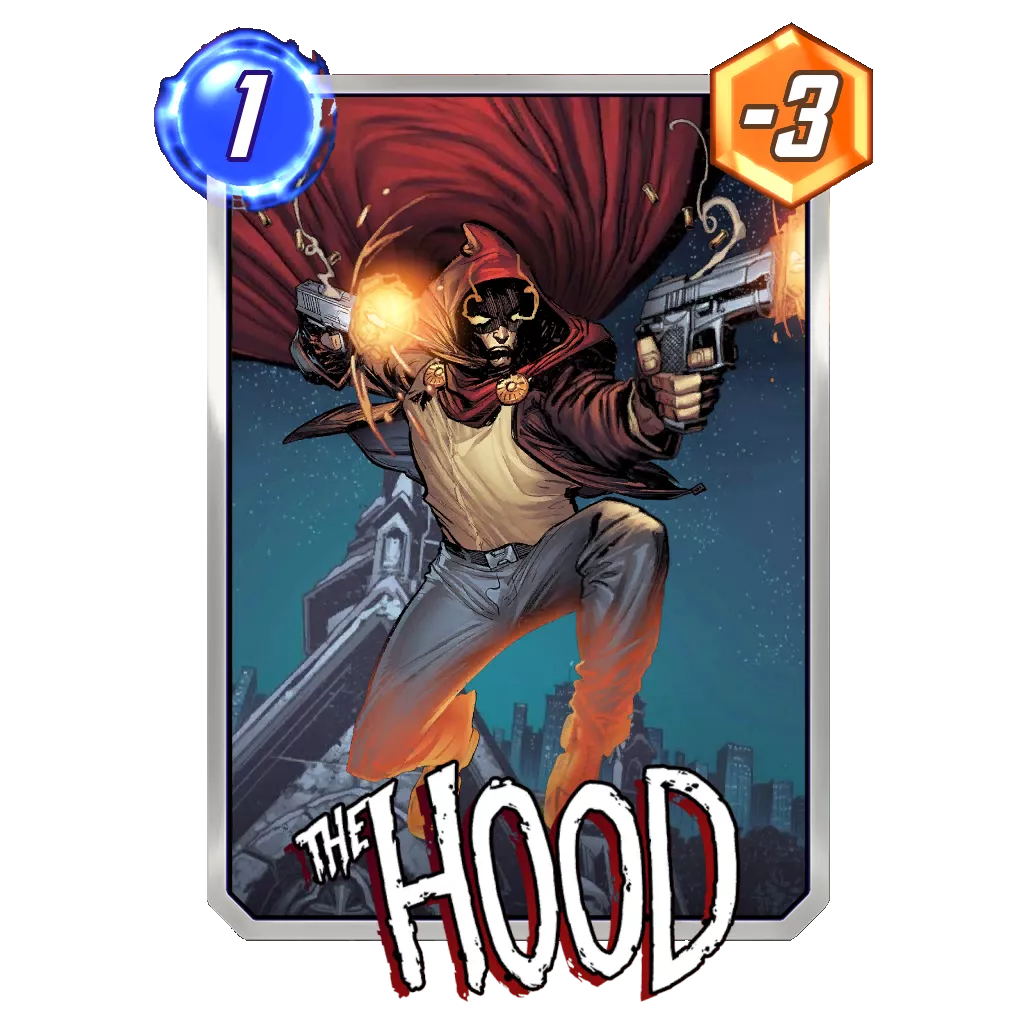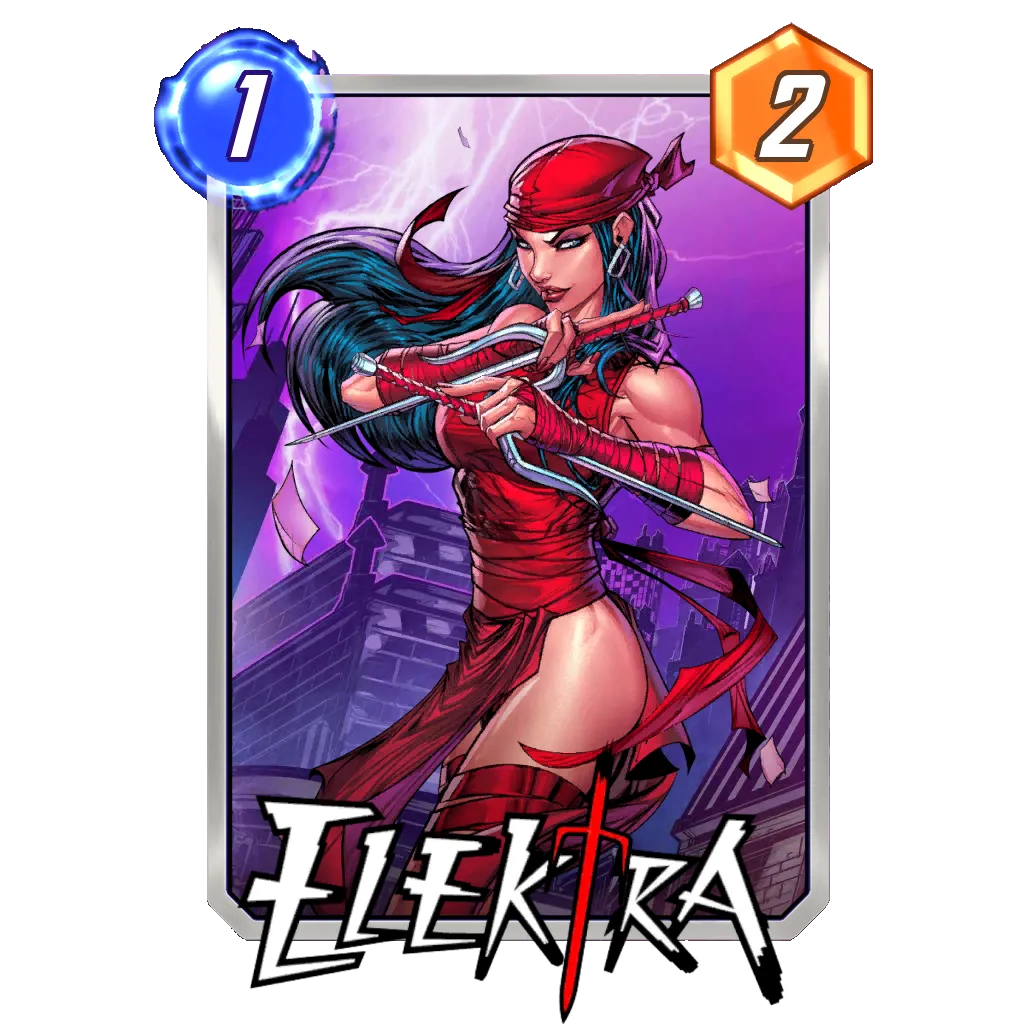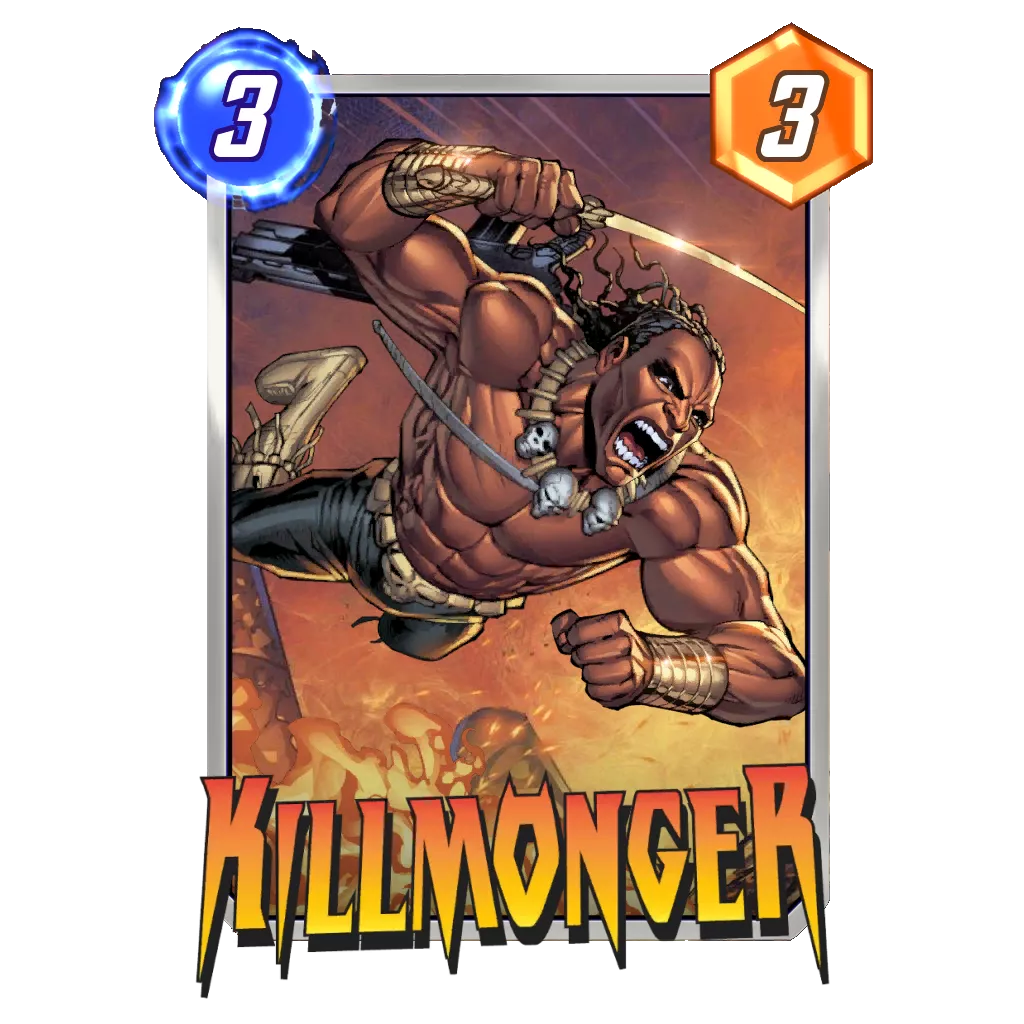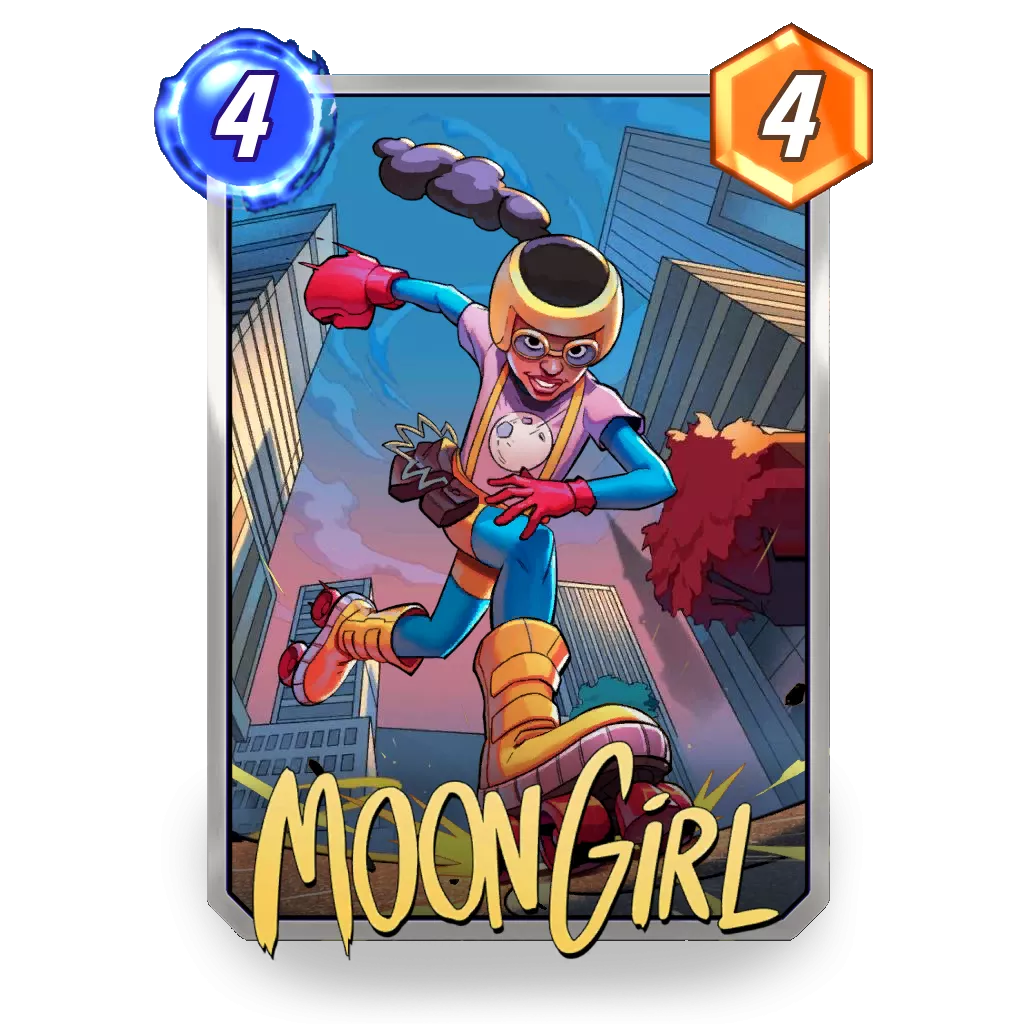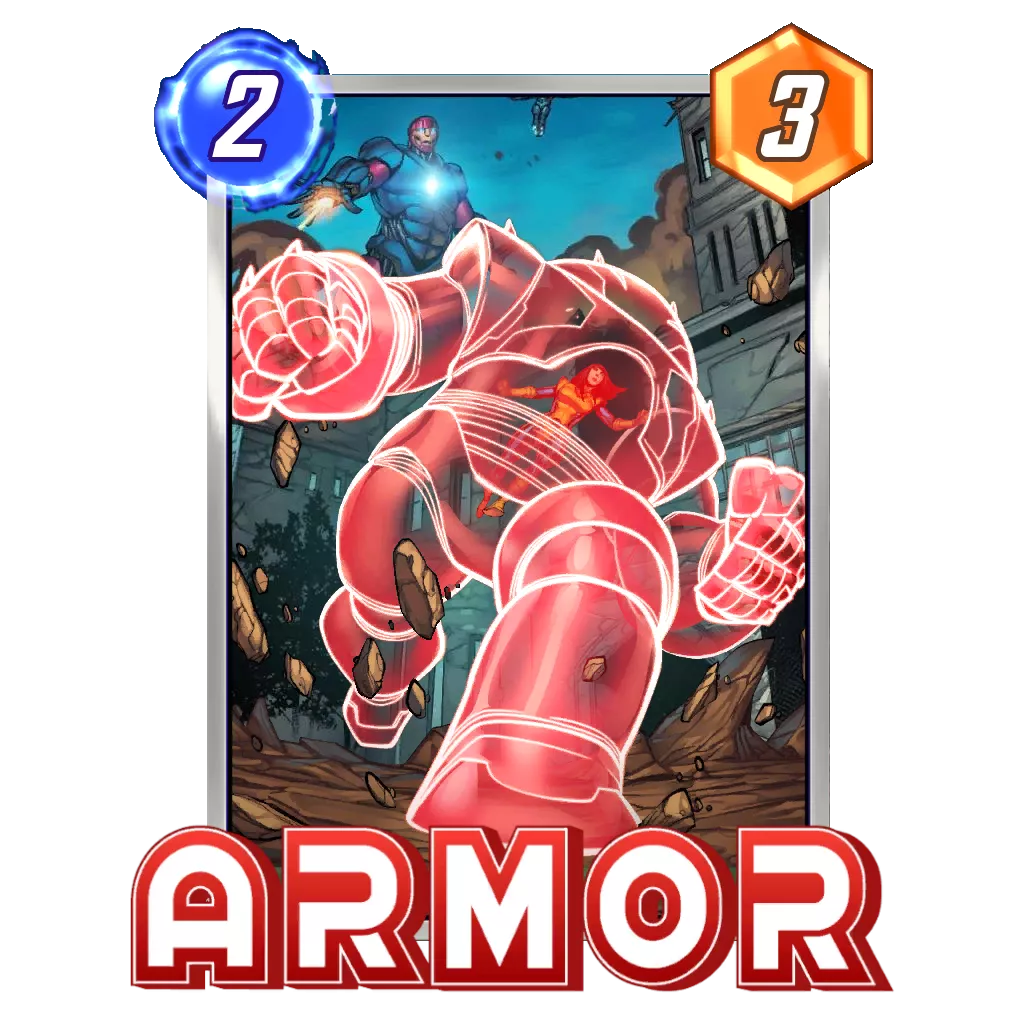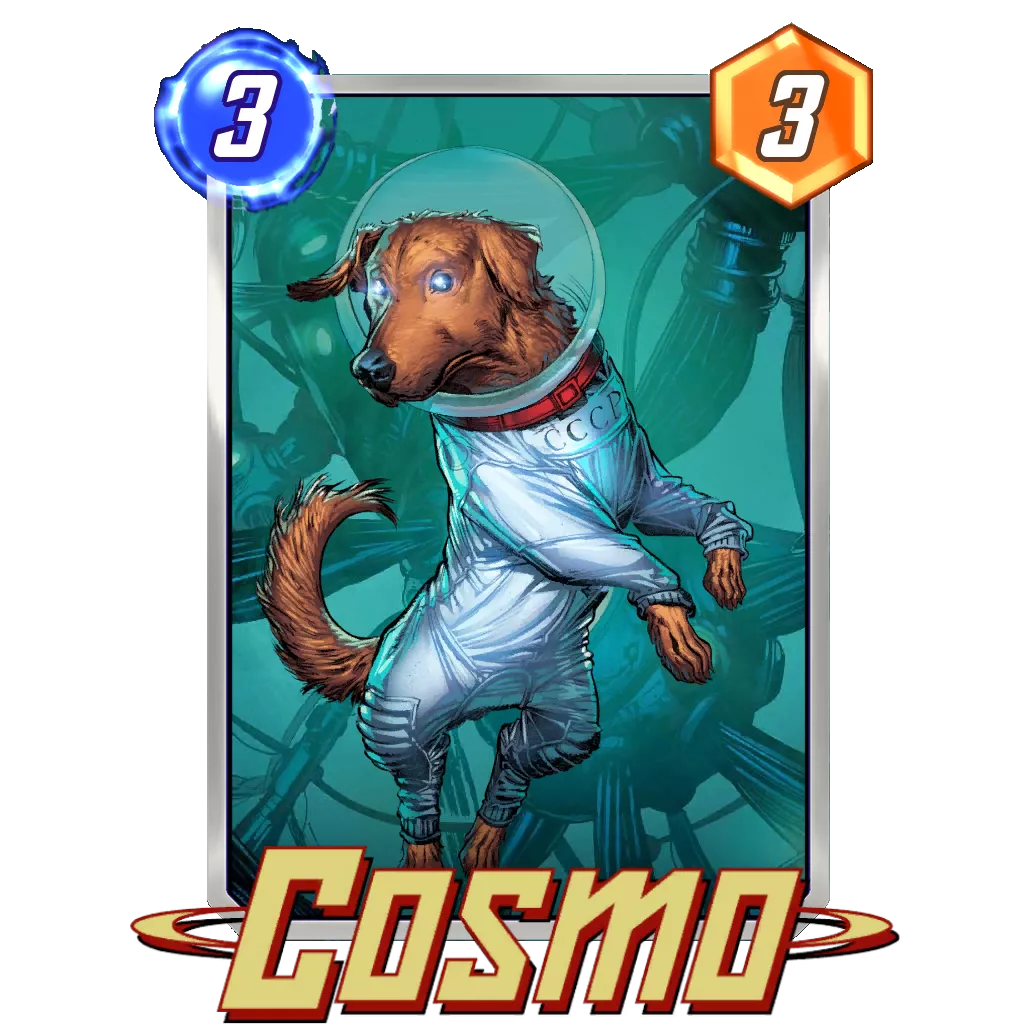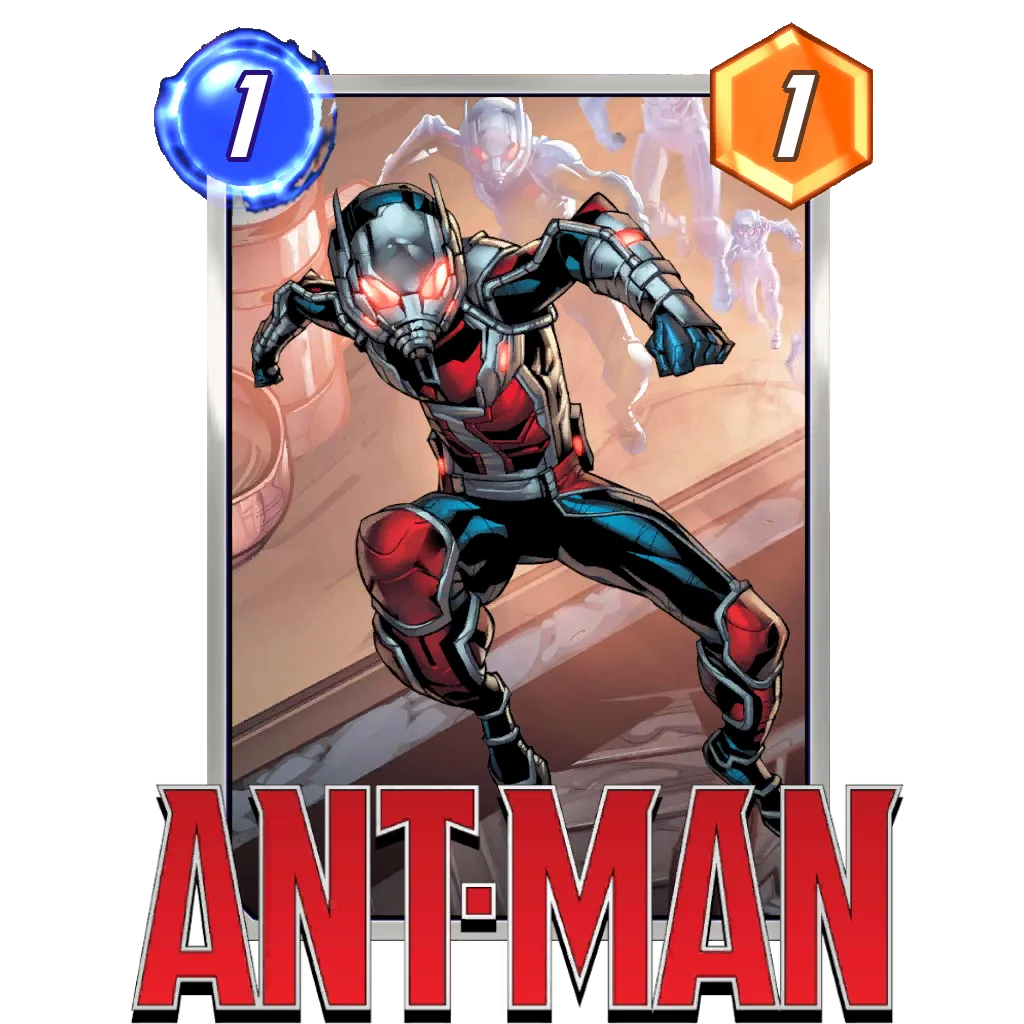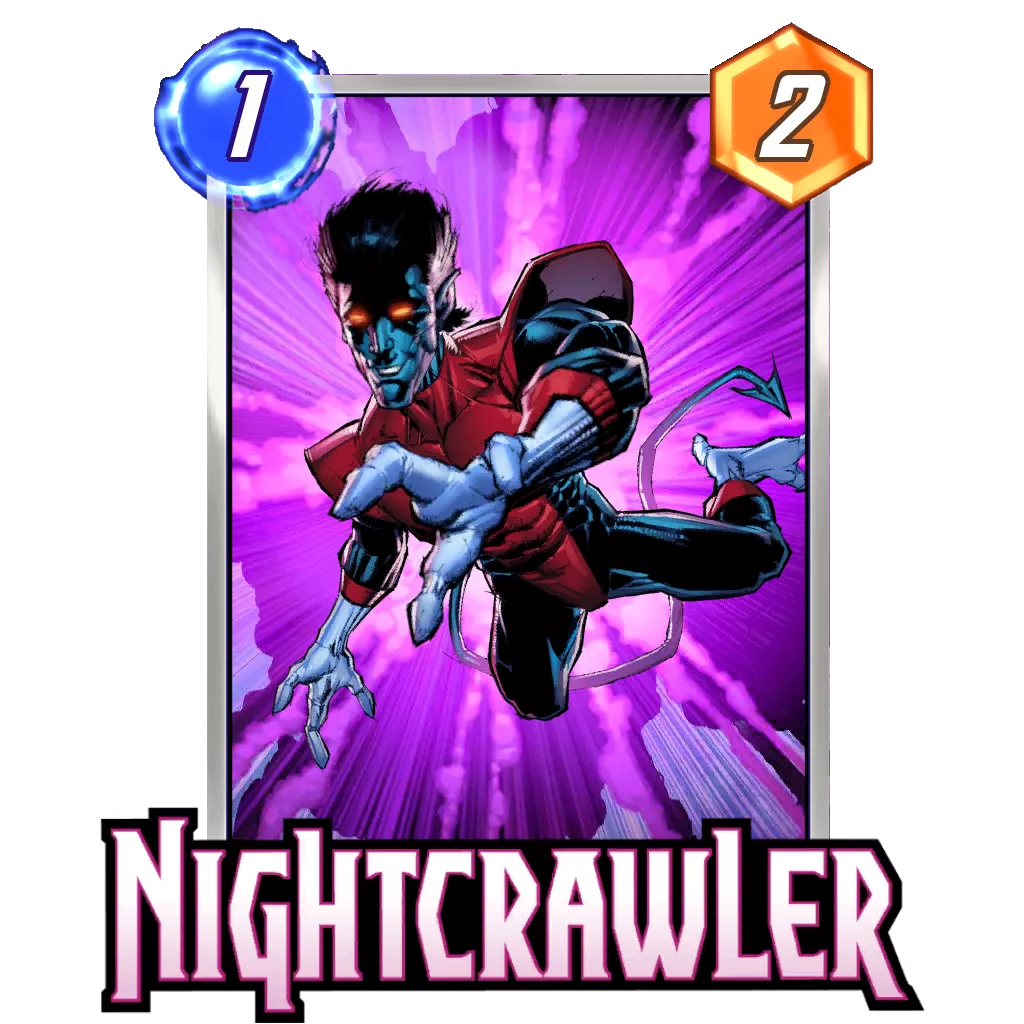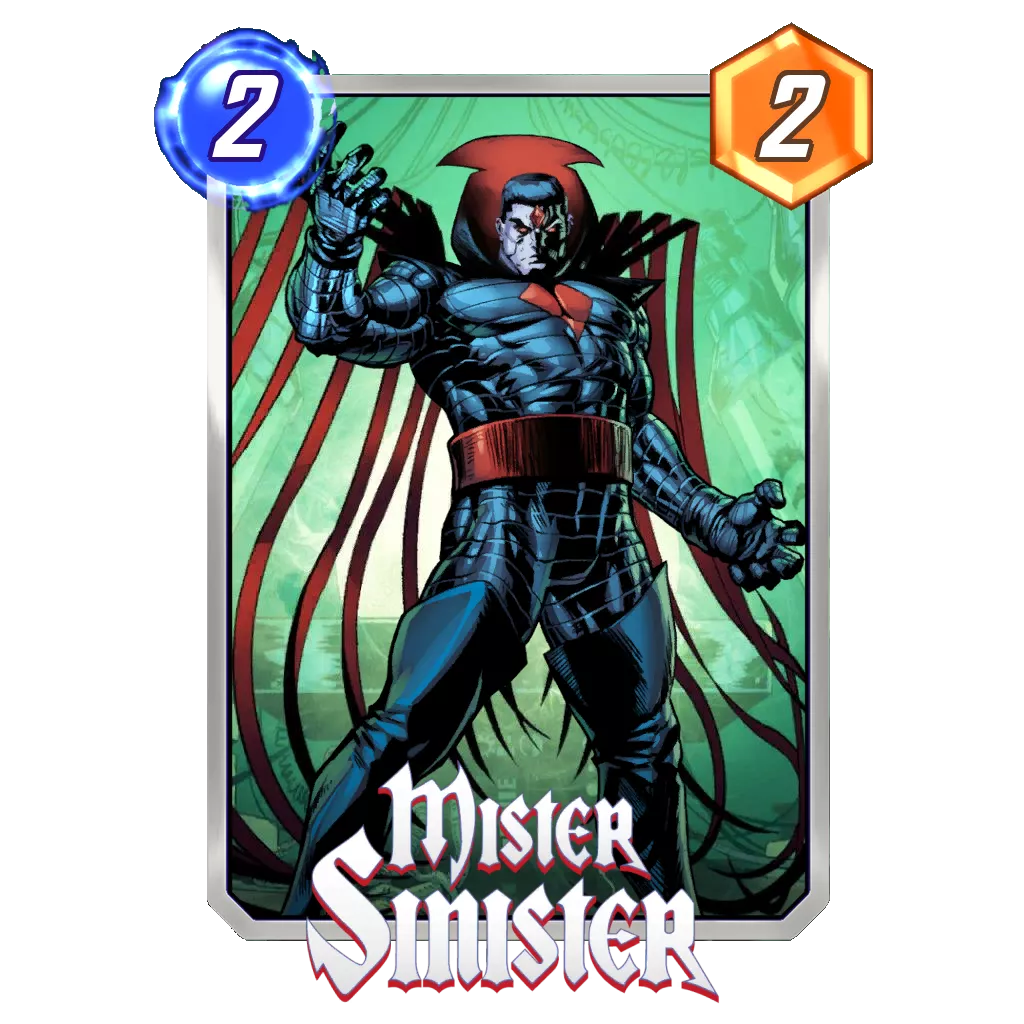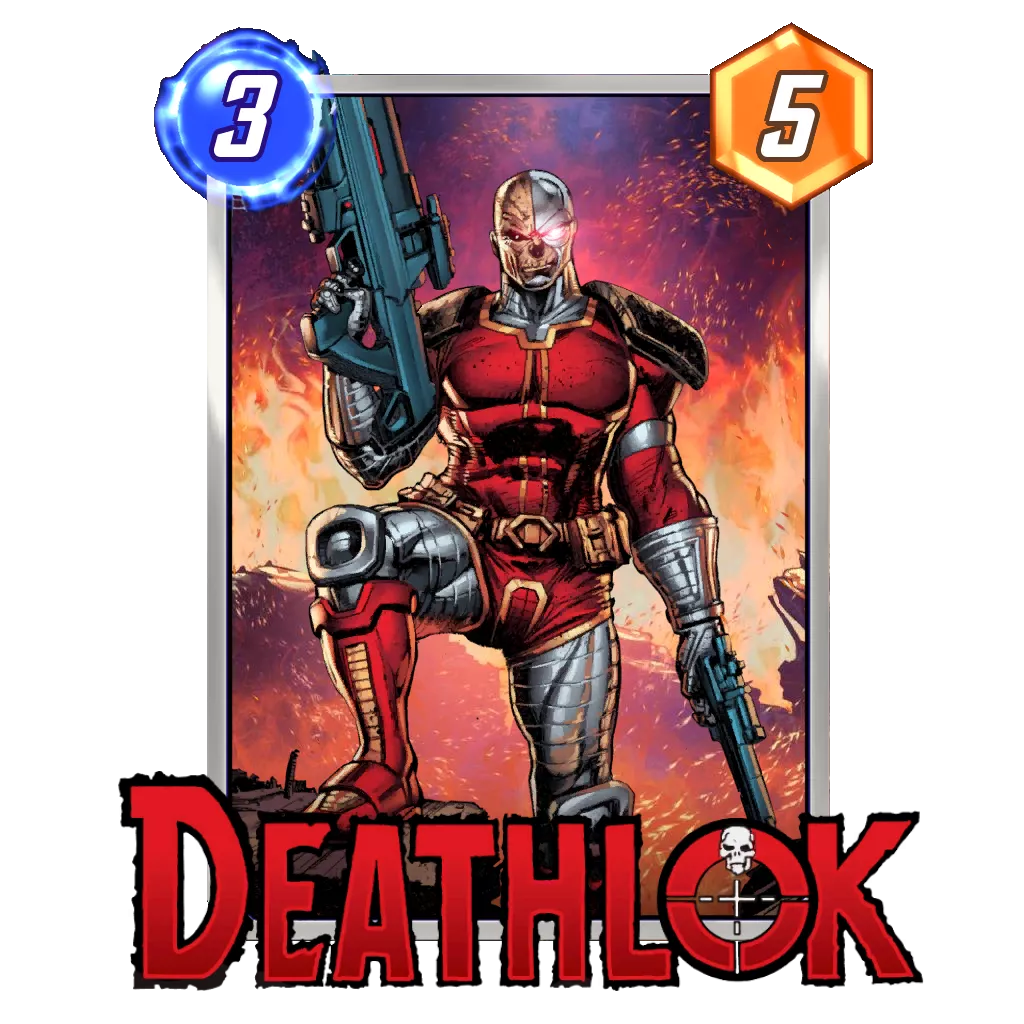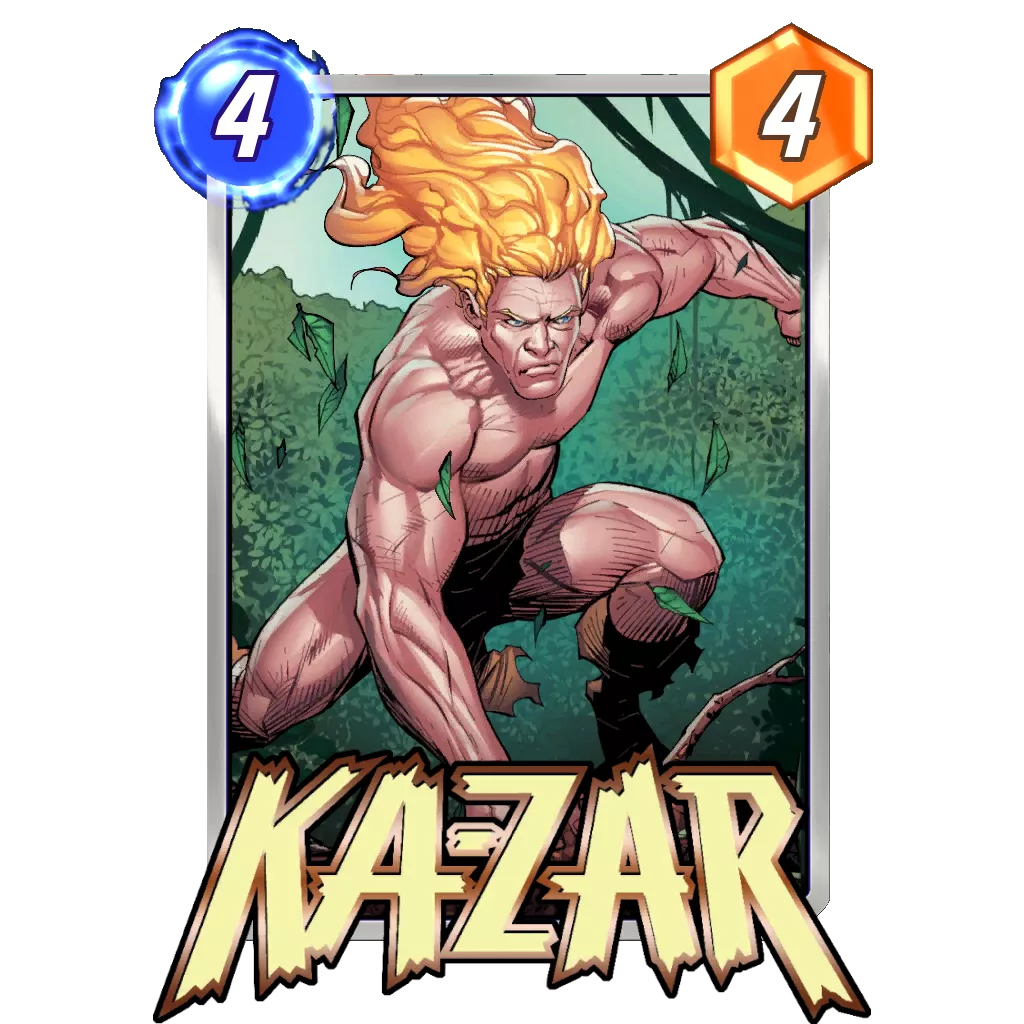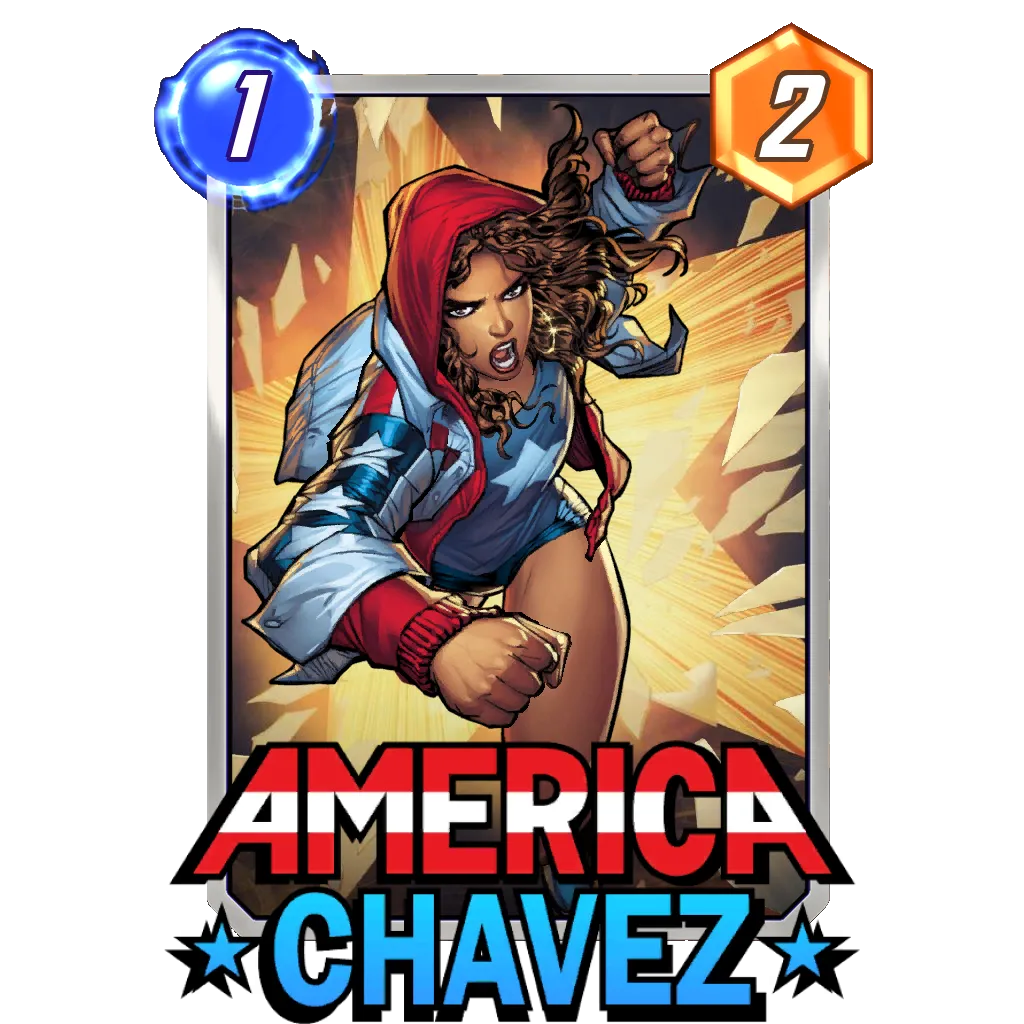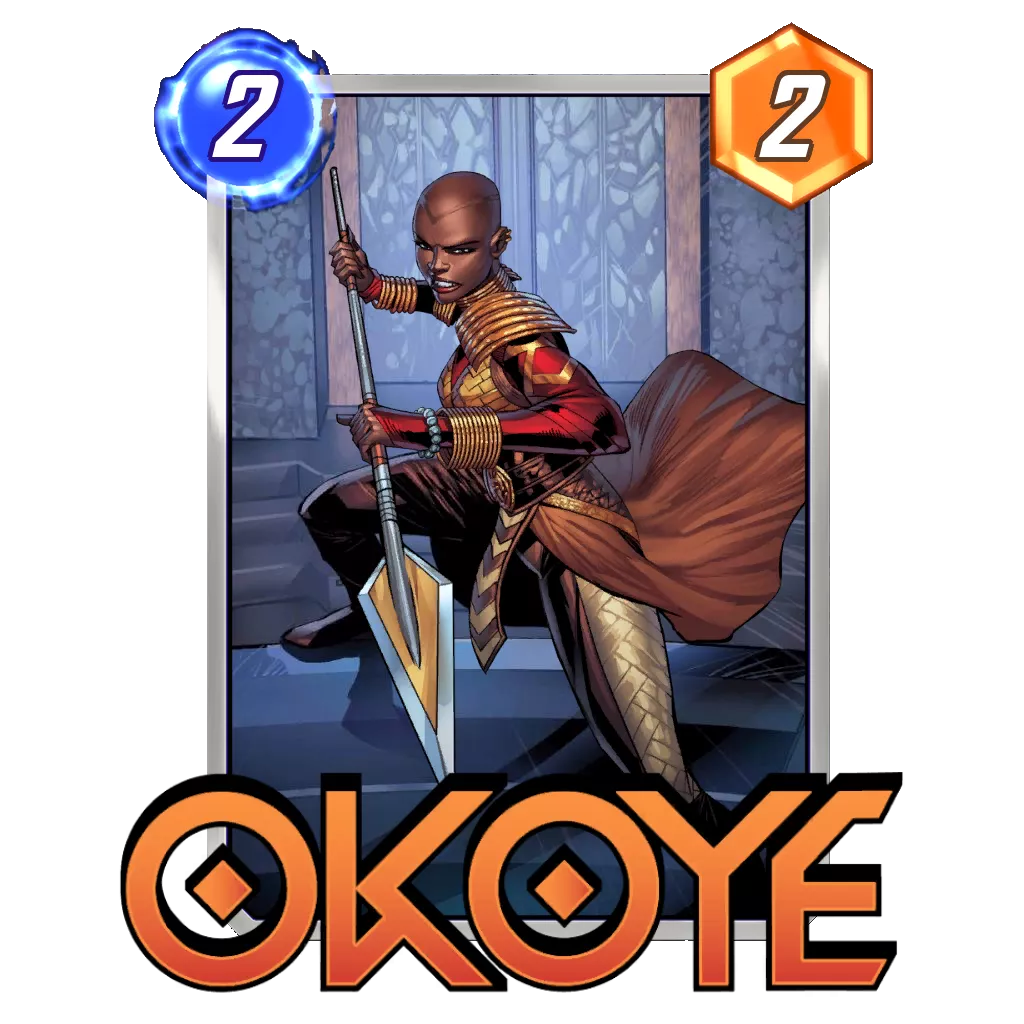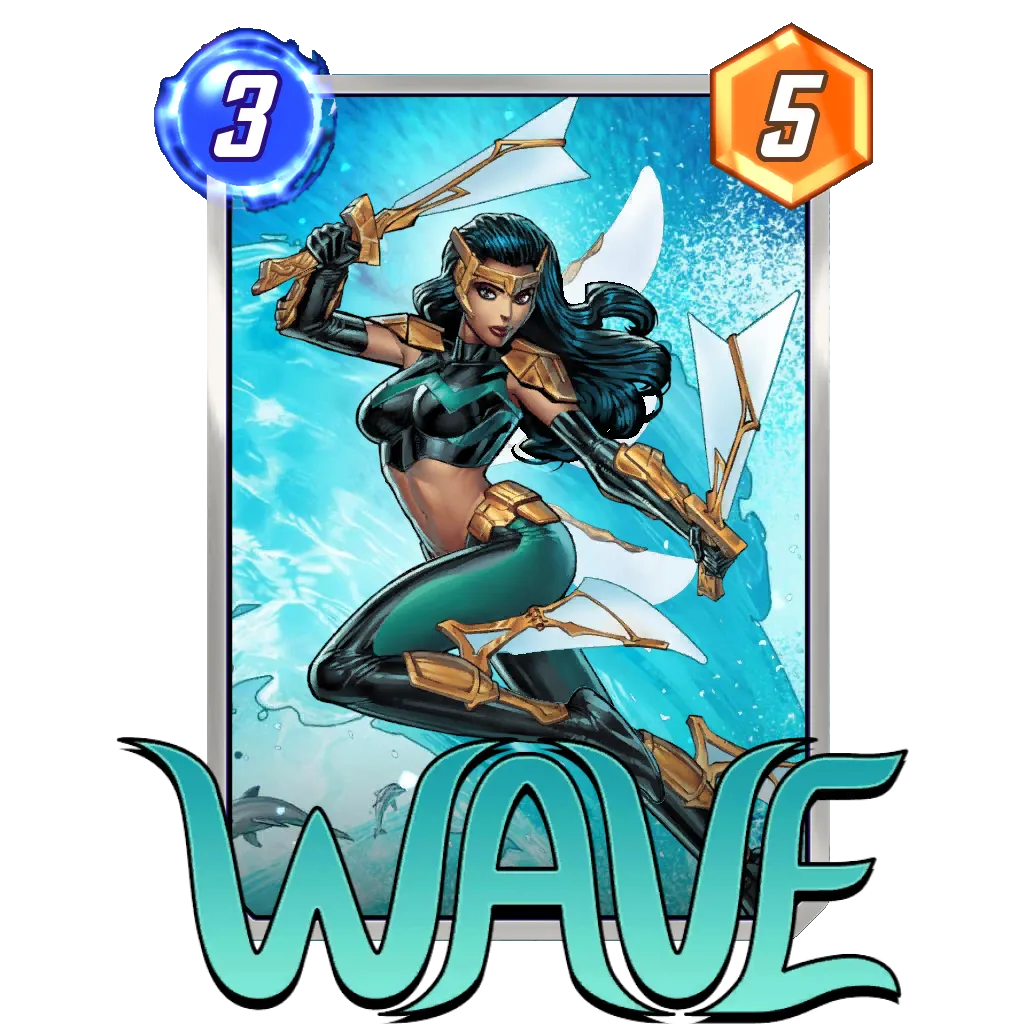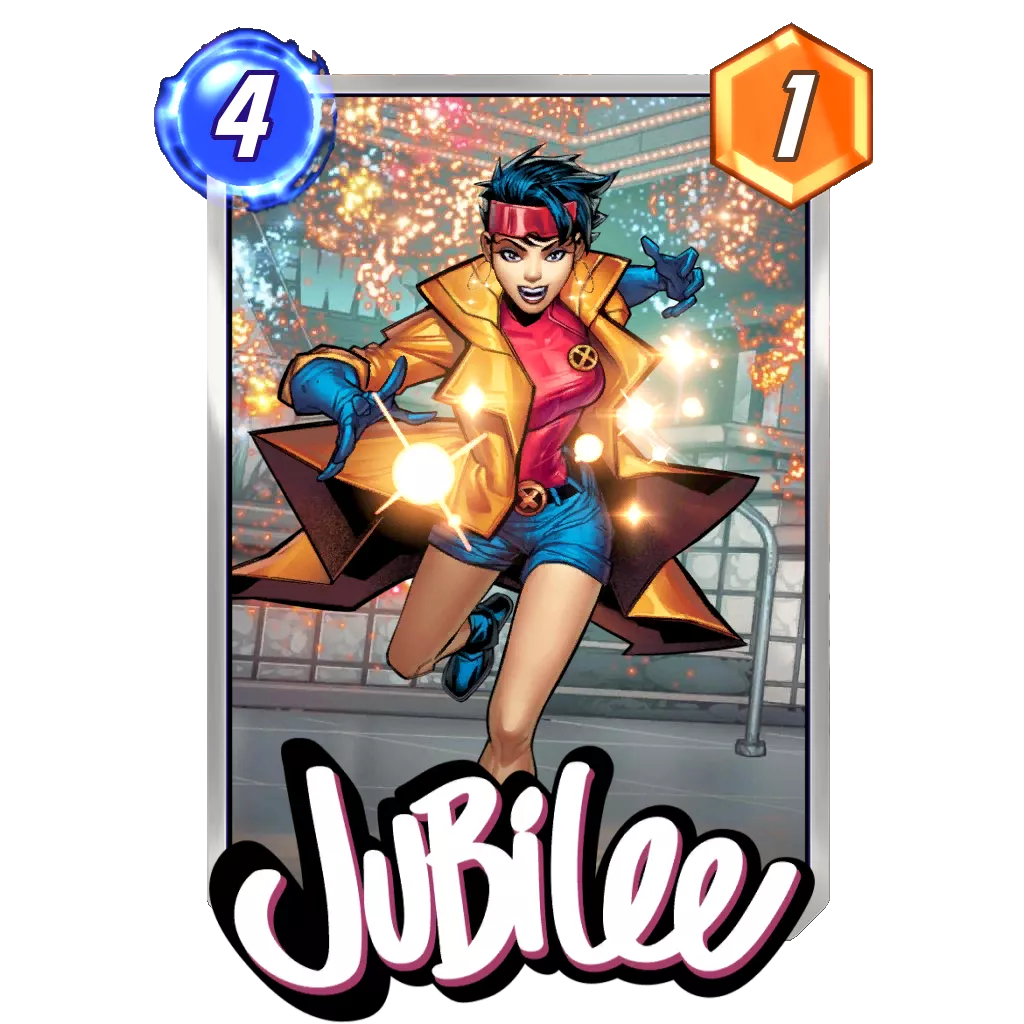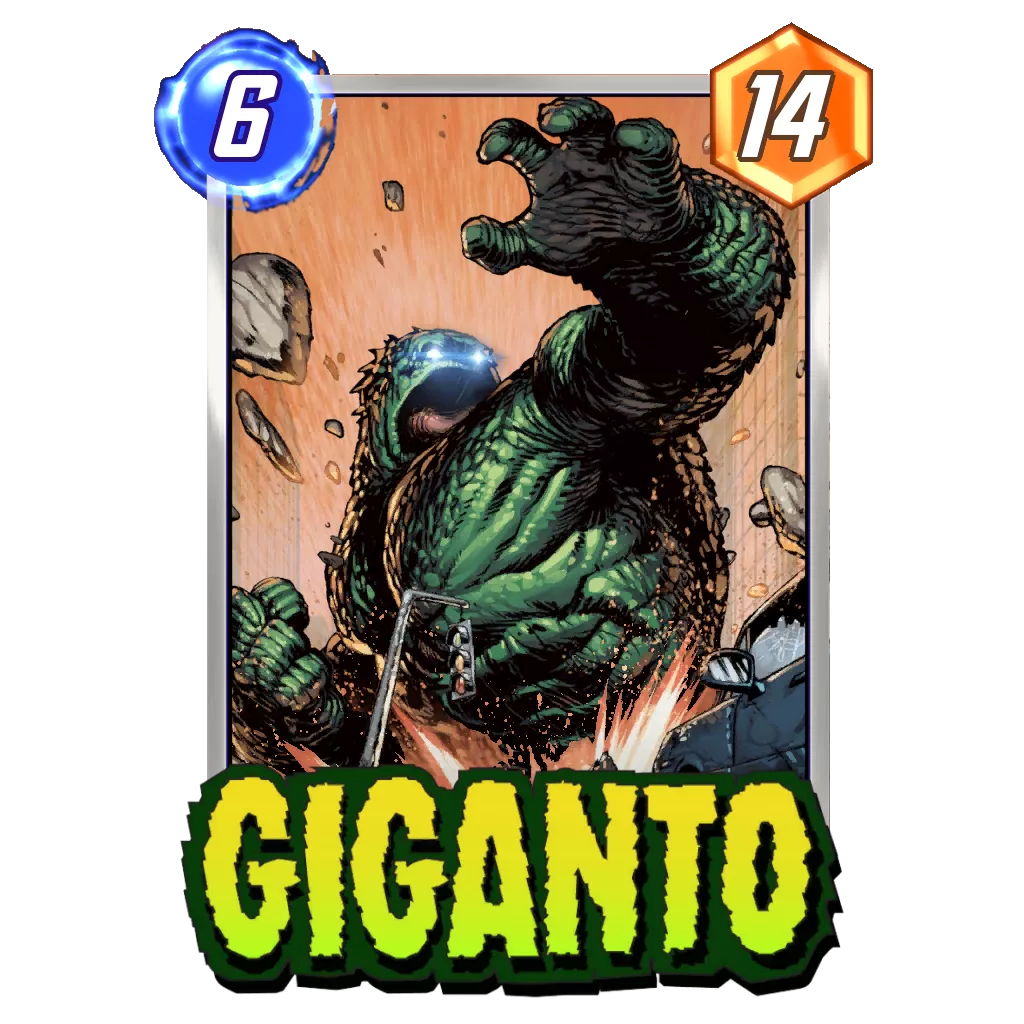Table of Contents
Marvel Snap features a lot of different cards, all with different abilities, representing ways to affect a match. In these series of guides, we will go in-depth on each of these specific abilities, covering their strengths, weaknesses, and favored gameplay.
The Destroy ability was a strong contender during Season 1 of Marvel Snap. Back then, the synergy’s reputation was glorious thanks to the Nova + Carnage combo, which would easily net double-digit amount of power when played in the late game.
Unfortunately, Nova saw his effect largely reduced by the 2.02 balance patch and since then, the Destroy synergy has disappeared from the mainstream decks any player could afford in the early stages of the game. A new archetype emerged since that nerf, using Death as the key card for the deck. However, although the archetype is looking very promising, Death being a Pool 3 card limits the popularity of the deck so far.
As time progresses and more support is added to the game, Death is showing us that the foundation for the Destroy ability to shine does exist.
In this article, we will focus on the Destroy ability in the sense of Destroying our own cards for our own benefit. I figured most people would see the upside to destroying the opponent’s cards. At times, though, both aspects of the Destroy ability card can work together such as Death who doesn’t care which cards were destroyed for her discount.
What is the Destroy Ability?
Destroying your cards, just like Discarding them, needs to be rewarded appropriately in order to be appealing. In the game (for now), the main reward for destroying your cards is that it leads to additional power for the destroying card. Carnage gains 2 points per card destroyed and Venom adds the power of the cards he destroyed to his own.













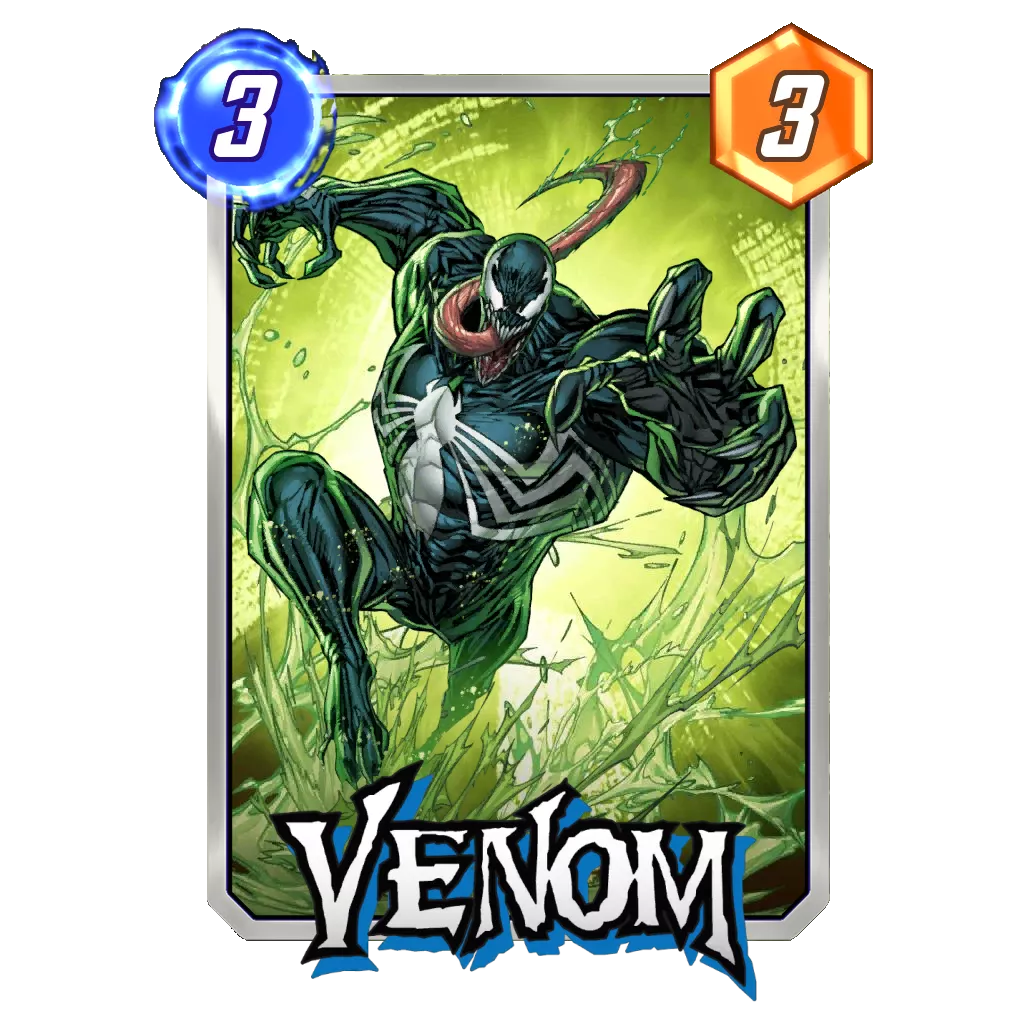










Another upside to the Destroy ability is that it allows to make room onto a location in order to play new cards. For example, if Savage Land was revealed, and you have no use for the Raptors it summoned, absorbing them gets you some points while freeing up the space to play other, more powerful cards. In that sense, the Destroy ability is much less restricted by the maximum 12 available spots that we are given at the start of the game.
Lastly, the biggest upside to the Destroy ability is that it enables other cards the same way the Discard synergy does. In exchange for destroying cards, the below synergistic cards usually are worth quite a lot of power.
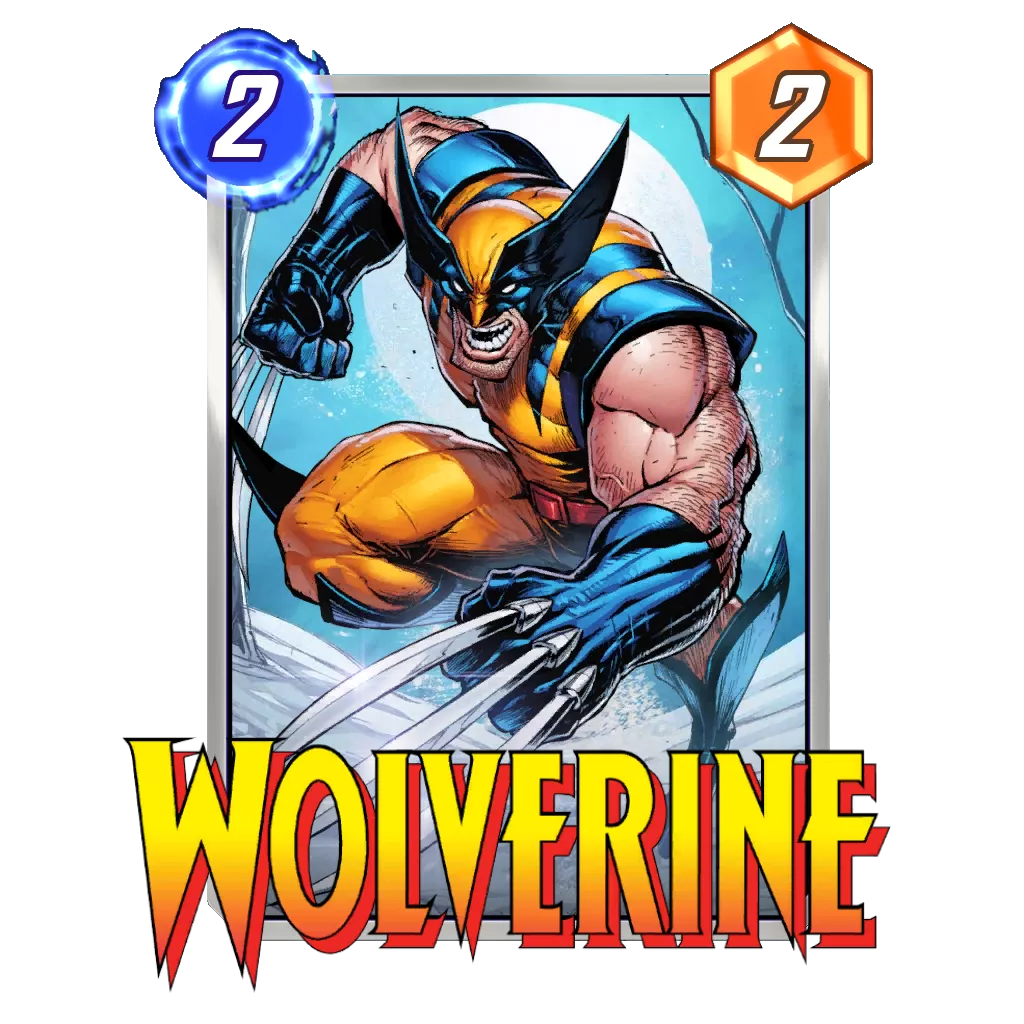














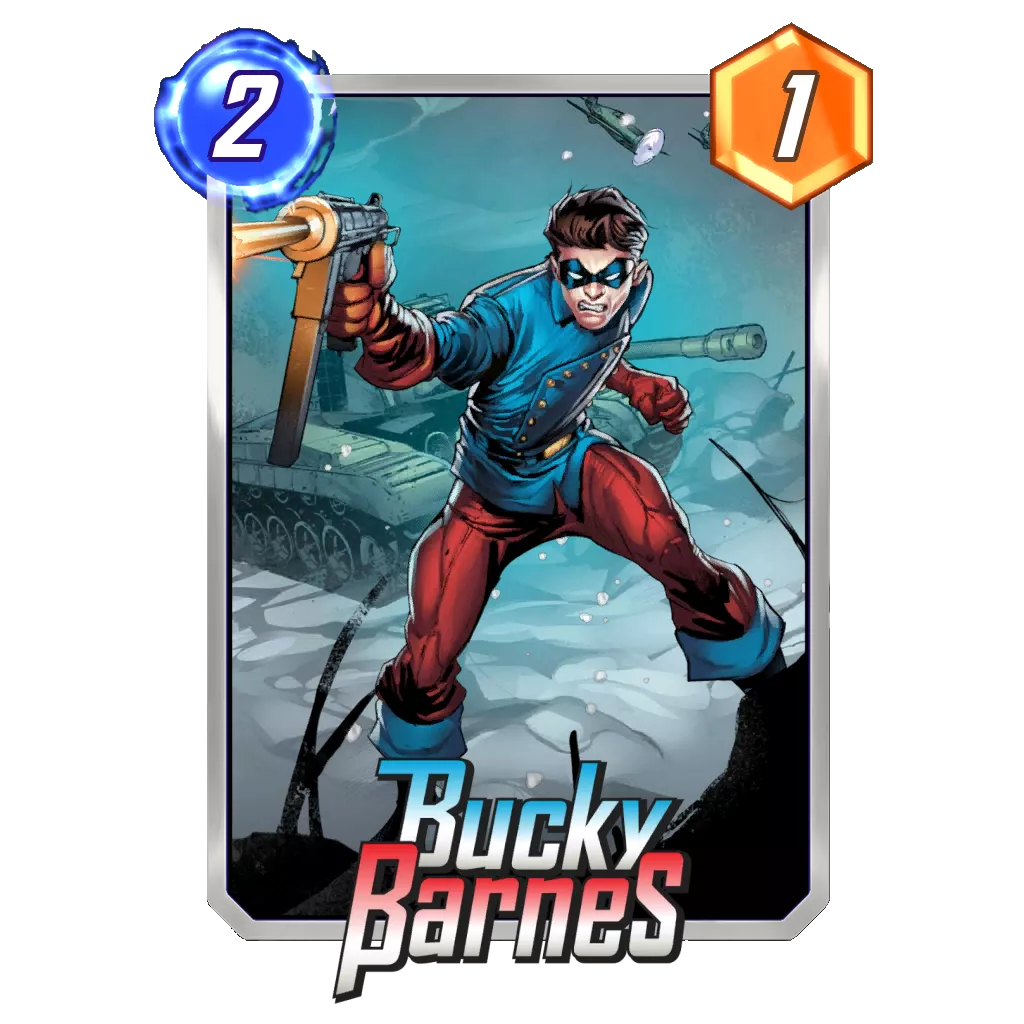






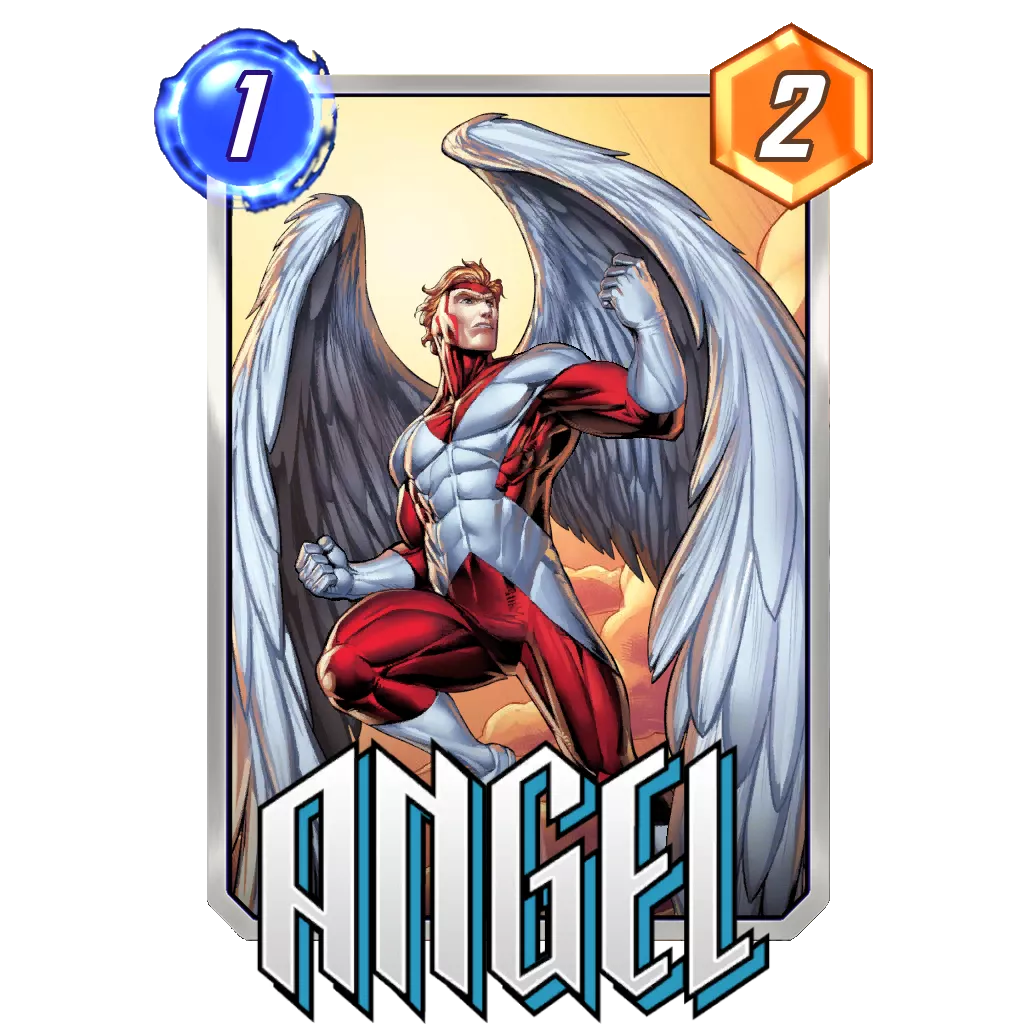








These cards really are the bread and butter of the Destroy ability, and gives the whole playstyle a reason to build a deck featuring this synergy as a core to a deck. However, even when our deck is built solely around cards looking to be destroyed and cards that destroy them, the reveal timing is key to be successful with the archetype.
When to Play a Destroy Effect?
There are a couple of things to know before we go into the specifics of making the best advantage of the Destroy ability in your deck:
- A card that isn’t revealed yet cannot be destroyed. If you have 2 cards on a location, and you play Carnage and another card, that second card will not be destroyed if played after Carnage.
- A destroy effect is typically an On Reveal ability, and as such you need a spare space on the location to play the card with the destroy effect attached to it.
- As On Reveal effects, cards you are looking to destroy can be countered by Cosmo or Knowhere, turning them into vanilla cards.
- You can play a Destroy effect on an empty location, and nothing will happen.
With all those intricacies, it can be quite hard to get familiar with the Destroy ability at first and managing our hand can quickly become confusing. In order to time our Destroy effects as best as possible, we need to know what we are playing it for:
- If we are looking to use it to trigger effects and get additional power, we want to use the effect as late as possible for the surprise effect.
- If we use the destroy effect to make room on a location, the midgame is great. It gives us enough time to refill, and we also have time to assess if the opponent was interested in that location as well.
- If we are looking to trigger some in-hand synergies (such as Nakia, then we do it no later than turn 5, so we still have a turn to play the cards in our hand.
Destroy Cards: Strengths
Similar to the Discard ability, destroying your own cards can be quite unpredictable for the opponent. When you destroy a card, you create a dual threat: Enabling an effect on the battlefield to get ahead on power, but also have flexibility for advancing synergies in your hand as well to push for your winning location.
The second big strength of the archetype is the current signature card for the ability: Death. Thanks to its effects not being limited to destroying your own cards, the destroy ability is capable of including other cards in the game to the archetype.
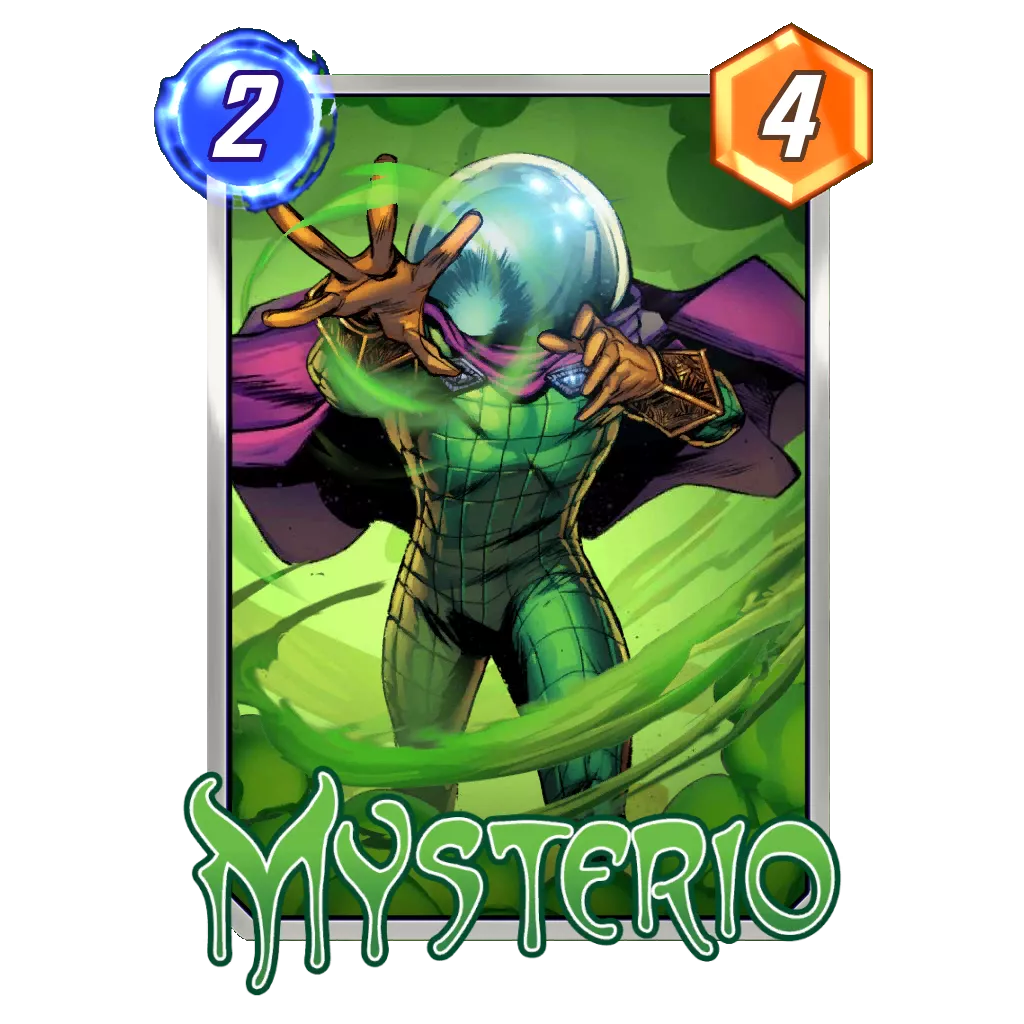







Elektra, Killmonger, Mysterio or even Moon Girl are being slotted in Destroy decks in order to enhance the synergies. This shows that, at the very least, the Destroy ability is capable of being flexible and using cards simply more than designed to be exploited in a specific scenario.
As stated in the introduction, this specific ability has been affected by the nerf to Nova. Being able to look for outside help is a great thing until more direct support is added to the game.
The last strength I could note is the fact that you can deny your own Destroy effects in order to surprise your opponent and get only the benefits of a card.
A nice synergy is playing Destroyer on an ignored location up until turn 6 when you have Armor into a location you are sure to win. Destroyer will likely win the location alone, as it is really difficult to match 14 in a single turn unless the opponent commits solely to that location, and Armor will protect your cards from it.
Destroy Cards: Weaknesses and Counters
The biggest weakness to the archetype currently is its raw power level, relying mostly on Death to exist as a competitive option.
In a sense, it can be seen as an advantage, as nobody is playing anti-destruction cards like we used to in Season 1. Currently, not many players are playing Armor or Cosmo, but they were staples before the balance patch. At least, these common counter tech cards aren’t something to worry about currently in the metagame.
Another weakness to note, but one that will likely resolve itself with time, is the lack of choice in the Destroy cards we have access to. Carnage and Deathlok basically are in every deck because they represent the 2 best options, but also because there aren’t many options outside these 2 and Venom.
This rather small pool of cards to work with when trying to build a destroy deck makes it quite predictable for the opponent. As such, the current Death + Wave decks are mostly built around being able to destroy opposing cards as well in order to reduce its cost. I doubt a deck that would have to rely solely on destroying its own cards could be reliable enough to be played competitively. It is great to have a signature card that is able to carry the synergy and elevate it to a competitive status, but I hope that other impactful cards can be found as we explore the collection more.
Budget Destroy Deck Build
While staying only in Pool 1, the Destroy mechanic doesn’t have enough cards to really make a deck out of it. As such, we are combining it with a popular budget strategy: Flooding the board.
As Nova really is the only good target to destroy in Pool 1, we might as well use him to the best of its ability. To do so, we play a deck with a very low curve, that will have a lot of recipients for Nova buff once destroyed.
In this deck, we are looking to have 2 locations with 4 units in play, and use the last location to use a destroy effect on. This should give us a nice buff to our other 2 locations while reaching 10 or so points on the last one.
Thanks to Moon Girl, we can also look to copy Nova for an even bigger buff.
Competitive Destroy Deck Build
As you probably have guessed by now, considering the card appears in almost every section of this article, our competitive deck will be built around Death.
The concept of the deck is to use the synergy that exist between Death and Wave in order to get Death to 0 if we destroyed 4 cards already in the game. Then, we can play the card alongside another 6 cost on the last turn of the match and be able to push several locations in the process.
As you can see in the list, even at the competitive level, destroy decks still use cards that aren’t part of the ability in order to fill their deck, like Jubilee and Okoye in this one. Alternatively, Moon Girl is in some iterations of the list to play on turn 4, Wave on turn 5 and double Death on 6 is quite strong.
In a sense, it is good to be able to include simply strong cards in a deck, and Jubilee does make a lot of sense with three 6 cost energy cards in the deck. Okoye could be discussed a bit more, as buffing cards we aim to destroy could feel like a bit of a waste.
Closing Words
The balance patch hitting Nova clearly made the Destroy ability much worse, and almost killed it for players still collecting cards in Pool 1 and 2. For now, any player outside of Pool 3 probably has much better options to explore rather than playing a destroy focused deck.
Despite the weaknesses we presented in this guide, the destroy mechanic is a very interesting one in Marvel Snap, and probably one of the most complex to master as it can affect a game state in various ways. I hope in the future, we can see more support for the archetype and find a way to bring it back to being competitive before reaching the four digits on our collection track.
If you have any questions regarding this guide or simply on Marvel Snap in general, feel free to drop a comment in the section below or join our Discord server. You can also check our other guides as all the other synergy will be covered here.
For a direct contact, you can add me on Twitter or Discord (den#3613).
Good Game Everyone,

⭐ Premium
Enjoy our content? You can Support Marvel Snap Zone and your favorite content creators by subscribing to our Premium community! Get the most of your Marvel Snap experience with the following perks for paid membership:
- No ads: Browse the entire website ad-free, both display and video.
- Exclusive Content: Get instant access to all our Premium articles!
- Meta Reports: Exclusive daily meta reports, such as the Ultimate Card Metrics Report, Top 10 Decks of the Day, Top 30 Cards, and Top Card Pairs tailored for you!
- Team Coaching: Join our free weekly team coaching call sessions on the Discord server. Claim your Premium role and gain access to exclusive channels where you can learn and discuss in real time!
- Premium Dashboard: Get full instant access to the member-only dashboard, the all-in-one page for all your benefits.
- Support: All your contributions get directly reinvested into the website to increase your viewing experience! You get also get a Premium badge and border on your profile.
- Special offer: For a limited time, use coupon code SBYREX4RL1 to get 50% off the Annual plan!
























